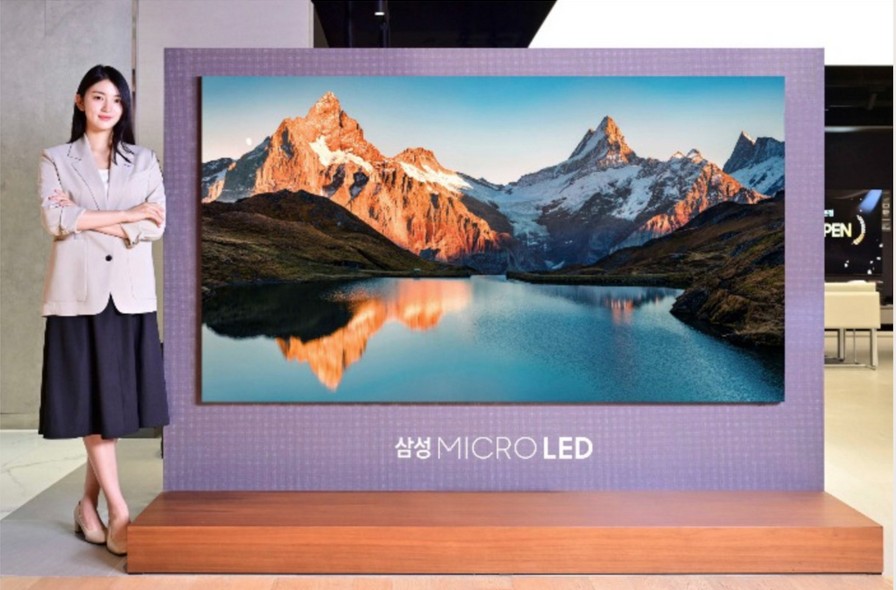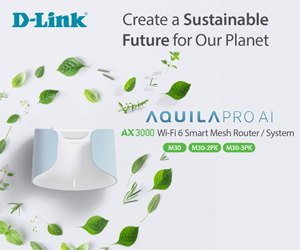Micro LED may be the next step forward in TV technology, potentially offering superior performance to OLED and mini LED. We might start to see it in the next five years.
Charlie Brown is over at IFA 2025, and Micro LED and Samsung’s new micro RGB are being touted as the future of TV. Are they, though?
Native micro LED means no Quantum Dot or phosphor colour filter layers or LCD gates, just the LEDs and an anti-reflective surface (Right image). In theory, this is the bee’s knees, but in practice, the technology is years away. We will explain micro RGB later.
And it may be a short-lived technology as work is beginning using four UV LEDs per pixel capable of displaying the entire rainbow colour gamut. And when it all boils down to it, consumers will still buy the largest, cheapest TV, so what is the use of damned, mortgage-inducing TV tech?

Here are a few facts.
Micro LED in consumer TVs is still years away
What you see at IFA 2025 are proof of concept micro LED TVs that have cost millions of dollars to develop.
The AWALL is a native micro LED composed of fit-together individual 8-bit, 60Hz micro LED panels, so it can expand from 75” (1920 x 720, 48 modules) to 162” (3840 x 2160, 288 modules). Its peak nits are very low (up to 1200 but typically far lower), supporting only HDR10, and contrast is 12000:1, which is far off true black. It requires so much processing power that it needs an external processor unit with multiple CPUs, GPUs and NPUs. Price for a 75” – no change from A$100,000.

The Samsung 115” on display at IFA is, in fact, not native Micro LED, but a micro RGB backlight behind a standard 120Hz QD LCD gate panel for light control that at present only achieves HDR+ standards.


It requires a new and extremely powerful AI processor to control those micro RGB LEDs, and the TV costs north of A$45,000. By the way, it weighs about 90kg and consumes up to a kilowatt of power every hour! Yes, it’s a good step forward, so let Samsung have its bragging rights for a faux Micro LED TV.
And LG Magnit, a true micro LED using smaller individual panels like the AWALL, costs nearly A$400,000 for a 118″, 1000 nit peak, HDR 720p TV.

Where is Micro LED at now?
At present, it has been limited to small automotive displays and transparent micro LED for sunroofs, where adequate power is not an issue. It is destined for smart glasses, smartwatches and smartphones (where power is an issue) and may appear in small form factor computers and laptop displays (where power is an issue).

Why is it so far away?
The basic concept is that instead of just over 8 million pixels in a 4K OLED that act as mini lightbulbs, these are replaced by one red LED, one blue LED, and one green LED per pixel. That’s a total of 24,883,200 Micro LEDs for a 4K TV (3,840 × 2,160 × 3).
One major TV maker said that assembling 25 million bacteria-sized LEDs has a very low yield rate, in an inefficient and costly process. The processing power to control that number of LEDs is beyond current TV tech.
It is thousands of times more complex than OLED. The next-gen OLED will be precision inkjet printed, substantially increasing its yield, further lowering its cost, increasing its brightness and eliminating potential burnout.
Have a look at how micro LEDs are produced.

Growth steps for the array of InGaN (Indium Gallium Nitride) LED.
- The first step is to grow a hexagonal pyramid from a hole in the mask. The slow-growing s-facets define the pyramid.
- The pyramid tip is removed by in-situ annealing or CMP to leave a platelet with a flat c-facet.
- After the flattening, a second layer is grown to ensure a flat top surface for the subsequent QW growth. This layer has the same nominal composition and doping as the pyramid.
- The QW is grown with a higher In content than the barriers.
- The final step is to grow the top barrier, which has the same composition as the lower barrier. For a full LED structure, the lower barrier layers are n-type and the top barrier is p-type. As the growth proceeds, the area of the fast-growing c-facet is reduced.
Here is the finished product, and you can see that it is way off DCI-P3 and Rec 20-20 colour gamuts.


Don’t wait – you may never see a native Micro LED
Given the advances in inkjet-printed OLEDs compared to LG’s vacuum deposition WOLED (white OLED) and the ramping up of processor power, we will see printed OLED screens soon.
CSOT (TCL) has an interesting video on printed OLED. It showed at Display Week 2025 a 65” 8K, 120Hz 800 nits TV, monitors and laptop displays scheduled for early 2026.











Comments